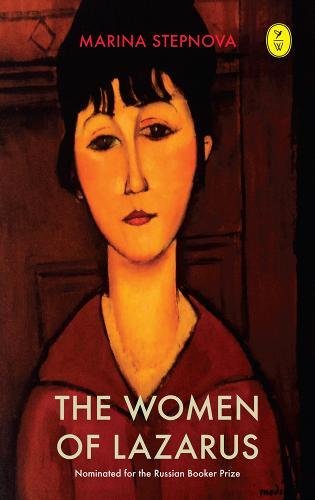In terms of style, this book is absolutely stunning. From the first lines, without any preparation, the reader is immersed in a skillfully and cleverly concocted text canvas, and it is felt that it was created not by a series of long efforts, but in a state of endless creative drive of the author, flavored with a share of unrestrained and slightly bitter irony bordering on sarcasm – irony, sometimes everyday, and sometimes – going into other spheres or into other times, which allows you to rise a little above the described moment in the movement towards a deeper and edifying generalization. This drive of the author is transmitted to the reader, who is amazed at the meaning concentrated in words, and from this contemplative hovering over the fictional world, the reader receives endless, uninterrupted pleasure.
I can’t remember the last time I read something written in such a … I may say “exquisite” manner, but, perhaps, sophistication and detachment are, rather, characteristics of such a brilliant, but a bit cold stylist – esthete, like Vladimir Nabokov, smugly juggling expressive means of language and treating playing with words as a fascinating exercise in a combination of observation and the art of stringing words inside a phrase … No, here, in prose and in the Universe of Marina Stepnova, everything is arranged differently – the amazing correctness of style is combined with a crushing emotional intensity here.
What else can I say about this style? For example, the fact that upon close examination it becomes noticeable that this prose is fused from precisely noticed smells, colors, structures, and that the described objects and concepts, barely falling into the writer’s field of vision, immediately and unquestioningly reveal their very essence to him – as external one , and, perhaps, even as internal one. And that with two or three cleverly captured epithets, each – sometimes even completely third-rate – object, noticed by the author completely on the periphery of the field of vision, is given an exhaustive volumetric characteristic. Each material exhibit in this Universe of Marina Stepnova is dated and stamped, having passed meticulous identification by material and manufacturing factory, and thanks to this, the flavor of those eras at which the author makes stops are recreated.
So, as far as style is concerned, objects are seen through, as if on an X-ray, vague sensations are caught from afar and are depicted as bright and almost grotesque, and all this explosive mixture literally threatens to knock the reader off his feet by its pressure.
As for the plot, then, of course, it is difficult to discern anything particularly amazing and inventive in the narration, and to give at least some dynamics to the boring development of the story, the author knocks down the order of time in different ways, first running ahead, then retrospectively delving into the details of the childhood of the character and so on.
There are no especially interesting characters here – only a kind of typical average characters – “archetypal” ones. There are some experiences in their lives – again, quite banal ones, but absolutely recognizable and understandable to the bulk of readers.
Of course, here you will not find any philosophical or existential observations in the book- something that will make you think – no, you just watch in amazement a tangle of intertwined stories under the slogan “The fairy tale is a lie, but there is a hint in it.”
… Forgive me, but does the reader really need an intricate plot when there such a high quality of the text style? On the contrary, in this case, a too twisted plot is contraindicated, because the style here, as they say, is self-sufficient.

